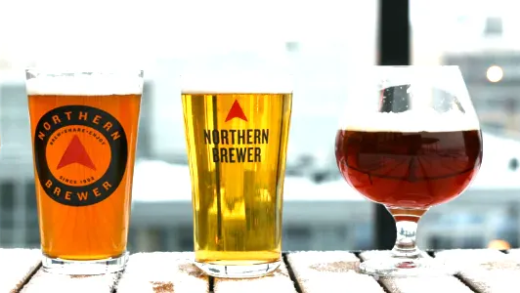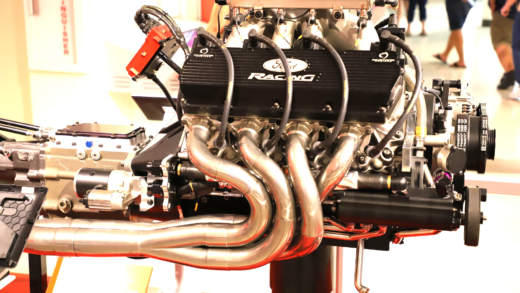New Year’s Eve driving safety is a major concern due to high accident rates, often exacerbated by alcohol consumption. Historical trends indicate a decline in fatalities due to improved public awareness and law enforcement efforts, including sobriety checkpoints and designated driver programs. While New Year’s Day presents fewer risks, caution is still advised as celebrations from the night before can impact driver alertness. Proactive safety measures can significantly enhance road safety during this festive period.
Car Accidents on New Year’s Eve
New Year’s Eve car accidents significantly increase compared to other days of the year. Statistics show that the number of crashes can rise by over 50% during this festive night. In 2022, for example, the National Highway Traffic Safety Administration reported a staggering 200 fatalities associated with alcohol-related incidents on New Year’s Eve alone. This alarming figure highlights the urgent need for awareness regarding driving safety on this specific day.
Understanding the risks is crucial. Drivers often underestimate the dangers associated with celebratory events. The excitement and festivities can lead to reckless behavior and poor decision-making. It is essential for all drivers to remain vigilant and prioritize safety, especially when they know that the roads are busier and more hazardous.
Alcohol’s Role in Driving Safety
Alcohol consumption plays a significant role in New Year’s Eve driving safety. The impact of alcohol on driving abilities is profound; even small amounts can impair judgment and reaction times. According to the Centers for Disease Control and Prevention, about 28% of all traffic-related deaths in the United States involve drunk driving. On New Year’s Eve, this percentage tends to spike.
Many celebrants may believe they can handle alcohol without affecting their driving skills. However, studies reveal that even one drink can diminish coordination and increase the likelihood of accidents. Therefore, it’s vital to consider alternatives such as designated drivers or rideshare options to avoid the dangers of drinking and driving.
Peak Accident Times
When it comes to New Year’s Eve, peak accident times are crucial for drivers to know. Most accidents occur between 10 PM and 3 AM, coinciding with the height of festivities and increased alcohol consumption. During this timeframe, the risk of encountering impaired drivers is significantly higher.
To stay safe, drivers should plan their travel accordingly. If driving is necessary, consider limiting travel during these peak hours or opting for public transport instead. Being aware of these time frames can help minimize risks and ensure a safer New Year’s celebration.
High-Risk Locations
New Year’s Eve car accidents often occur in specific high-risk locations. Certain areas tend to see more incidents due to high traffic volumes, celebrations, and alcohol consumption. Here are some common locations where accidents are more likely to happen:
- Downtown Areas: Cities typically host large gatherings and parties, increasing pedestrian and vehicular traffic.
- Near Bars and Clubs: These venues often see a spike in patrons consuming alcohol, leading to impaired driving.
- Major Highways: High-speed roads can become dangerous when drivers are distracted or under the influence.
- Intersections: Busy intersections are hotspots for accidents, especially late at night when visibility decreases.
- Residential Streets: Areas with parties can lead to unexpected pedestrian traffic and erratic driver behavior.
Being aware of these high-risk locations can help drivers plan their routes better. Avoiding known hotspots can significantly reduce the likelihood of encountering dangerous situations.
New Year’s Day vs. Other Holidays
When comparing driving dangers on New Year’s Day with other major holidays, several factors come into play. New Year’s Day driving safety presents unique challenges. Statistics indicate that while New Year’s Eve sees a surge in alcohol-related accidents, New Year’s Day often has fewer incidents. This difference can be attributed to various factors:
- Recovery Period: Many people are recovering from celebrations, leading to decreased travel.
- Less Night Driving: Daytime hours typically see less impaired driving compared to late-night festivities.
- Family Gatherings: New Year’s Day often involves family events, which can lead to more sober drivers.
However, caution is still advised. Drivers may be fatigued or distracted from celebrations the night before. Understanding these differences can help drivers remain vigilant on both New Year’s Eve and New Year’s Day.
Safety Measures for Drivers
To ensure safety during New Year’s celebrations, drivers should adopt practical measures. Here are some essential safety tips:
- Designate a Driver: Always have a sober driver arranged before celebrations begin.
- Use Rideshare Services: Opt for taxis or rideshare options to avoid the risks of drunk driving.
- Plan Ahead: Familiarize yourself with local traffic patterns and avoid high-risk areas.
- Stay Sober: If consuming alcohol, limit intake and prioritize safety.
- Be Aware of Surroundings: Stay alert for pedestrians and other drivers who may be impaired.
By implementing these measures, drivers can significantly reduce the risk of accidents during New Year’s celebrations. Staying proactive about safety can save lives and prevent injuries.
Historical Trends in Driving Safety
New Year’s Eve car accidents have shown varying trends over the years. Historically, the rate of accidents on this night has fluctuated due to several factors, including changes in law enforcement policies and public awareness campaigns. For instance, in the early 2000s, alcohol-related accidents on New Year’s Eve were alarmingly high, prompting significant public safety initiatives.
In recent years, statistics indicate a gradual decline in fatalities associated with New Year’s Eve driving, thanks to increased awareness about the dangers of drunk driving and the promotion of designated driver programs. According to the National Highway Traffic Safety Administration, the fatality rate on New Year’s Eve has decreased by approximately 20% over the past decade. This decline suggests that public education and enforcement efforts are making a positive impact.
However, despite these improvements, the risk remains significant. It’s essential to acknowledge that while trends show progress, complacency can lead to increased incidents. Continued vigilance and education are crucial for maintaining and further improving driving safety on New Year’s Eve.
Law Enforcement Efforts to Prevent Drunk Driving
Law enforcement agencies ramp up their efforts to combat drunk driving during the New Year celebrations. This includes increased patrols, sobriety checkpoints, and public awareness campaigns aimed at informing drivers of the dangers of impaired driving. During the holiday season, particularly on New Year’s Eve, police departments across the country take proactive measures to deter drunk driving.
In 2022, for example, many states reported a 30% increase in sobriety checkpoints on New Year’s Eve compared to previous years. These checkpoints serve as a deterrent, encouraging people to think twice before getting behind the wheel after consuming alcohol. Additionally, public service announcements and social media campaigns are used to remind party-goers to plan ahead and use alternative transportation methods.
Moreover, many law enforcement agencies collaborate with local organizations to promote safe driving initiatives, offering free rides home for those who have been drinking. These efforts aim to create a safer environment for all road users, ultimately reducing the incidence of New Year’s Eve car accidents.





Comments are closed.